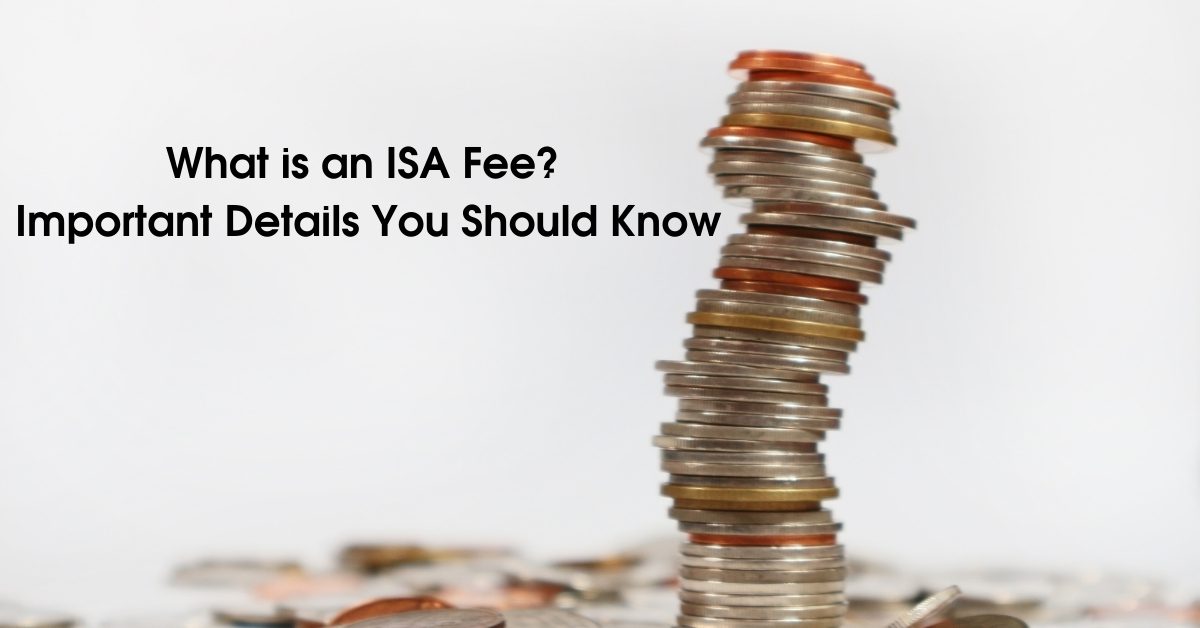What is an ISA Fee? Important Details You Should Know

Business owners and merchants may be surprised to find International Service Assessment (ISA) fees on their processing statements for certain months. Sometimes the ISA fee is negligible, but there will be times when the charges are pretty significant to warrant your attention.
Visa, the global payments tech company, implemented ISA back in 2008. Note that this fee is applied on top of the other fees on your statement for international transactions.
What is an ISA Fee?
Poorly disclosed and extraneous fees are among the unpleasantries that merchants and other business owners experience from the payment processing industry. The ISA problem is that it seems unfair because you are being charged an international fee for a transaction that transpired locally. Sometimes it just doesn’t seem to make sense.
Take note that an International Service Assessment fee has nothing to do with the transaction location. It has more to do with your bank’s relationship and the bank that issued the credit card that your customer was using.
We can gather from this definition that when there is a transaction between a US-based merchant (that’s you using your bank or your payment processor) and a non-US based card issuer, then an ISA fee will be applied.
Online and Offline Transactions
Note that this fee is applicable to whether an actual credit or debit card was used or not. It is applied when your customer was physically there in your store and swiped their card to make payment. It is also applicable to eCommerce or online purchases.
As long as a US-based business accepts a Visa debit/credit card (or account) that was not issued in the US or an account from a foreign bank, then the transaction will be charged with an ISA fee.
Sample Transaction
Consider this example: tourists come to your store to purchase your products. They will most likely use credit cards that were issued by banks from their home countries. Sure, those banks may have branches here in the US, but the issuing bank is obviously from another country.
The citizenship of the customer is not a factor. An ISA fee will also be applicable in case an American travels to a foreign country, acquires a Visa credit card there, and then uses it in the US. Expect to see a line that says ISA on it in your next statement.
How Much is the International Service Assessment Fee?
As of April 2019, Visa has increased the ISA fee rate to 1% from 0.8%. However, sometimes the international rates for fees of this type may be increased. Here is a comparison of international fees from Visa, Mastercard, Discover, and American Express:
Visa
- International Service Assessment Fee (1%)
- International Acquirer Fee (0.45%)
Mastercard
- International Cross Border Fee (0.40%)
- Acquirer Program Support Fee (0.55%)
Discover
- International Processing Fee (0.55%)
- International Service Fee (0.80%)
American Express
- Cross-border fee (0.40%)
Who Will Pay These Fees?
If you’re the business owner, it may make sense that customers should be the ones to pay for the ISA fee. However, that is not the case. Take note that Visa does not bill you directly when it comes to International Service Assessment.
You see, this fee is first billed to your card processor. However, following the same line of reasoning as merchants, it makes sense for the card processor to pass the cost of the ISA to you, the merchant. Yes, it might not sound fair, but that is how cardmember associations have structured it.
Two factors that will be considered when the cost is passed on to you:
- The type of processing plan that is used by your processor
- The policy used by your processor regarding additional fees
Payment Pricing Setups
Processors may use three payment pricing plans. They include the following:
- Interchange Plus Pricing Plan – This is the pricing plan recommended by many merchant service providers. With this pricing plan, both ISA and IAF will be charged to you along with the other standard interchange rates.
- Tiered Pricing Plans – Depending on the cost tier, your processor may downgrade your transaction and will charge you using a non-qualified transaction rate instead. The other option is that the fees may be passed on to you at a certain cost.
- Flat Rate Pricing Plans – Flat rates are usually bundled with the plan you signed up for with your processor. You will usually find the ISA under “other fees” or “miscellaneous fees.”
How to Reduce ISA Fees
The best way to reduce this fee is to switch to an interchange-plus pricing plan. Using this plan, you will be paying only the minimum rates for every transaction. To find out more about reducing this and other fees, consult with a reliable merchant services provider.
